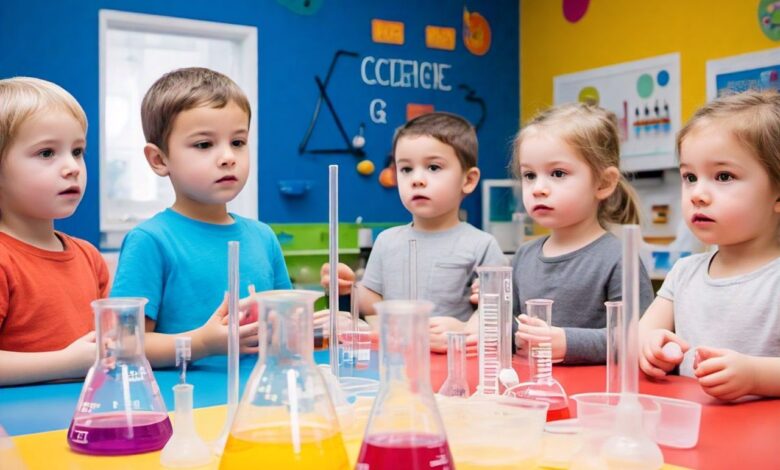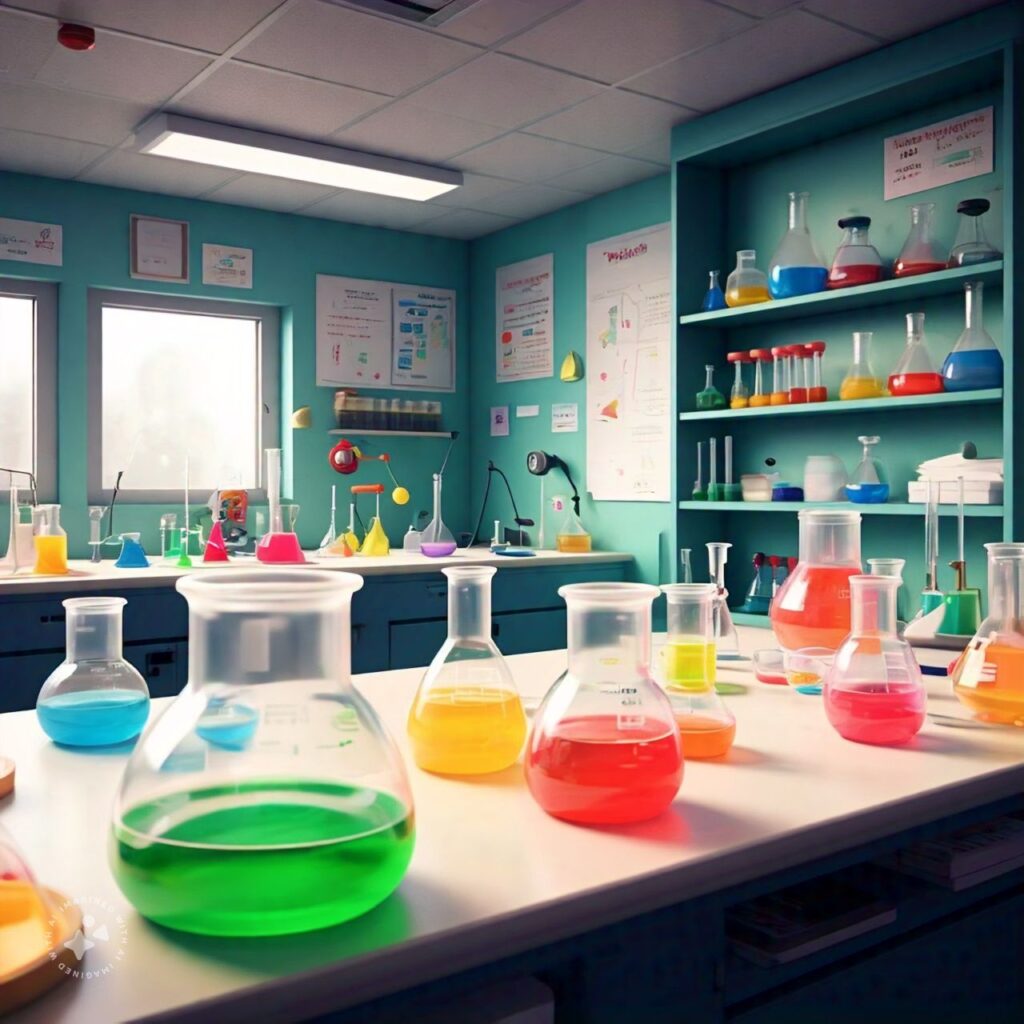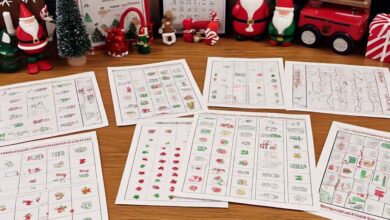Fun and Engaging 5 Science Experiments for Preschoolers: Sparking Curiosity and Learning

Introducing science experiments to preschoolers is an excellent way to ignite their curiosity and lay the foundation for a love of learning. At this stage, children are naturally curious, and hands-on activities like science experiments help foster their sense of wonder while teaching them about the world around them. Science experiments for preschoolers are not only fun but also provide opportunities for learning key concepts such as cause and effect, observation, and problem-solving.
In this article, we will explore some simple, safe, and educational science experiments that are perfect for young children. These activities will spark creativity, encourage exploration, and help preschoolers develop essential STEM (Science, Technology, Engineering, and Math) skills in an engaging way.
Why Science Experiments Are Important for Preschoolers

Preschool science experiments are a wonderful way to nurture children’s natural curiosity. By engaging in hands-on activities, children can make discoveries that promote critical thinking and build a strong foundation for future academic success. Here are some reasons why science experiments are essential for preschoolers:
- Promote Observation Skills: Science experiments encourage children to closely observe changes and results, helping them develop attention to detail.
- Foster Critical Thinking: As children ask questions and explore the cause-and-effect relationships in experiments, they begin to develop critical thinking and problem-solving skills.
- Encourage Exploration and Discovery: Science experiments provide an opportunity for children to experiment, make mistakes, and learn through trial and error, which supports a growth mindset.
- Boost Language Development: Explaining their findings and discussing the steps involved in an experiment helps preschoolers expand their vocabulary and communication skills.
Simple Science Experiments for Preschoolers
Here are a few easy and fun science experiments for preschoolers that can be done at home or in the classroom:
1. Dancing Raisins
Objective: Explore how gas bubbles cause objects to move.
Materials:
- A clear glass or jar
- A few raisins
- Clear soda or carbonated water
Instructions:
- Fill the glass with soda or carbonated water.
- Drop a few raisins into the glass.
- Watch as the raisins begin to rise and fall, seemingly “dancing.”
Science Explanation: The carbon dioxide bubbles in the soda attach to the rough surface of the raisins, causing them to float to the top. Once the bubbles pop, the raisins sink back down, creating a fun and visually engaging experiment.
2. Color Changing Flowers
Objective: Demonstrate how plants absorb water.
Materials:
- White flowers (such as carnations)
- Food coloring
- Water
- Clear cups or jars
Instructions:
- Fill the cups with water and add several drops of food coloring to each.
- Place one flower in each cup of colored water.
- Wait a few hours and observe how the flowers begin to change color.
Science Explanation: The flowers absorb the colored water through their stems, which then travel up to the petals, causing them to change color. This experiment teaches preschoolers about how plants absorb water through capillary action.
3. Baking Soda and Vinegar Volcano
Objective: Understand chemical reactions.
Materials:
- Baking soda
- Vinegar
- A small container or bottle
- A tray to catch any overflow
Instructions:
- Place the container or bottle on the tray.
- Add baking soda into the container.
- Pour vinegar into the container and watch the “volcano” erupt with foam.
Science Explanation: The reaction between baking soda and vinegar produces carbon dioxide gas, which creates bubbles and causes the eruption. This simple experiment introduces preschoolers to basic chemistry concepts in a fun and safe way.
4. Invisible Ink with Lemon Juice
Objective: Learn about acids and heat.
Materials:
- Lemon juice
- Cotton swabs or a paintbrush
- White paper
- A heat source (like a hairdryer or lamp)
Instructions:
- Dip a cotton swab or paintbrush into the lemon juice.
- Write or draw something on a piece of white paper using the lemon juice.
- Allow the paper to dry.
- Hold the paper near a heat source (like a hairdryer or lamp) and watch the invisible writing appear.
Science Explanation: Lemon juice is acidic, and when heated, it oxidizes and turns brown, making the invisible ink visible. This experiment introduces preschoolers to the concept of chemical reactions in a fun and creative way.
5. Simple Plant Growth Experiment
Objective: Understand how plants grow and what they need to survive.
Materials:
- A small cup or pot
- Soil
- A seed (e.g., sunflower seed)
- Water
- A sunny spot
Instructions:
- Fill the cup with soil and plant the seed.
- Water the seed regularly and place it in a sunny spot.
- Observe the plant’s growth over the next few weeks, noting any changes in height, leaves, and overall appearance.
Science Explanation: This experiment teaches preschoolers about the life cycle of plants and the basic needs of living organisms, such as sunlight, water, and nutrients from the soil.
Tips for Making Science Experiments Fun and Safe
- Keep it simple: Choose experiments that are easy to understand and safe for young children.
- Supervise closely: Always supervise preschoolers while conducting science experiments to ensure safety, especially with materials like vinegar or heat.
- Ask questions: Encourage your child to ask questions and think about what might happen during each experiment. This promotes critical thinking and curiosity.
- Use hands-on learning: Preschoolers learn best through hands-on activities, so encourage them to touch, feel, and interact with the materials used in the experiments.
Conclusion
Science experiments for preschoolers are a fantastic way to make learning fun while promoting key developmental skills. By engaging children in hands-on, interactive activities, you can help them build a strong foundation for future learning in science and other subjects. Whether it’s observing a baking soda volcano erupt or planting a seed and watching it grow, these experiments encourage children to ask questions, make observations, and develop a sense of wonder about the world around them. So, grab your materials and start exploring the exciting world of science with your preschooler today!


